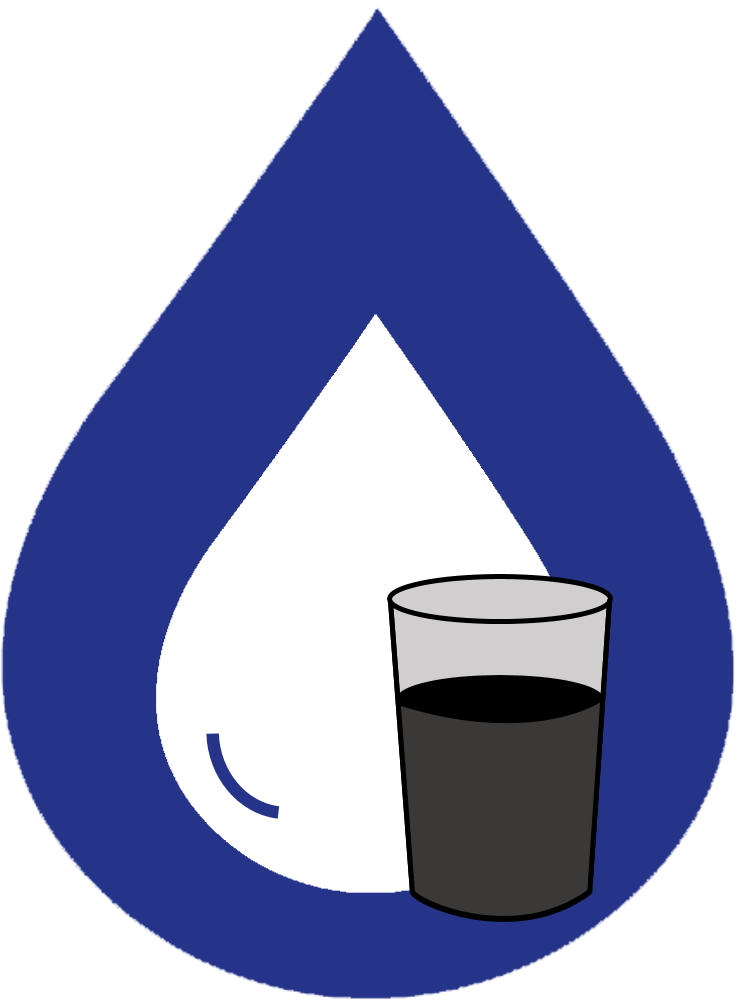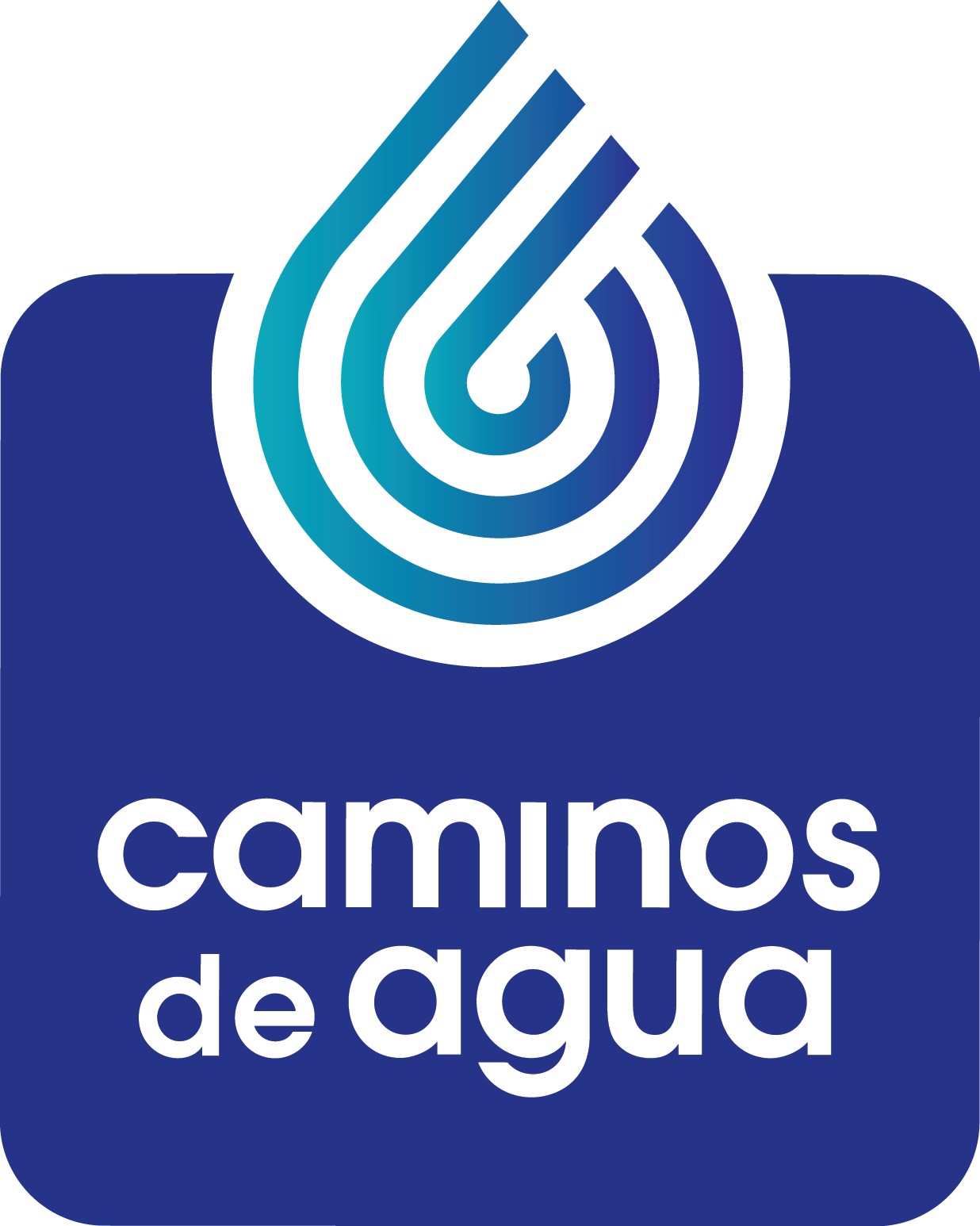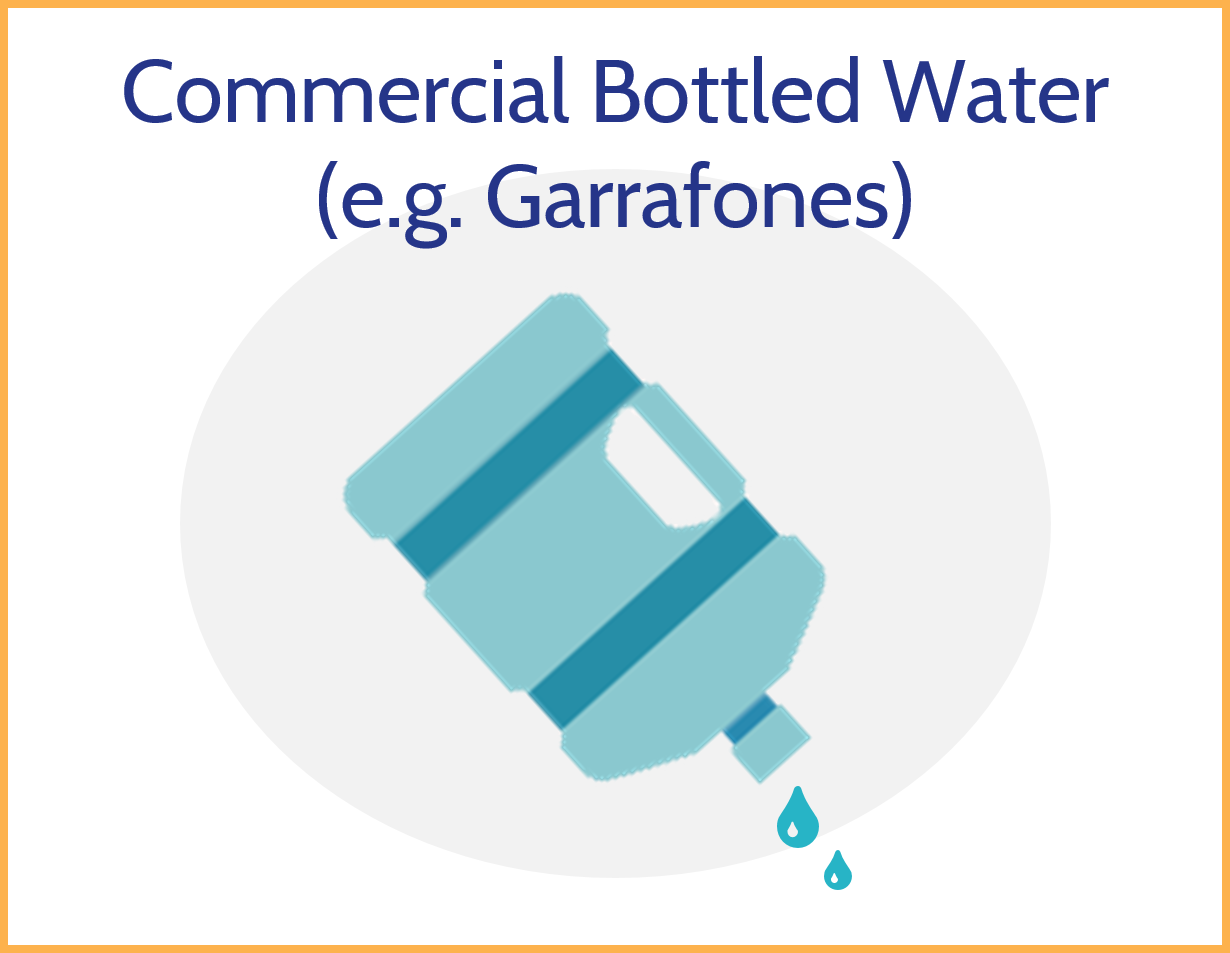water tips
Please explore the page below for more information about:
1. Three Key Points to Better Understand your Water Quality

In urban areas such as San Miguel de Allende, water quality in a particular location can change quickly and constantly, even sometimes on the scale of days. This is because urban areas tend to be served by many different wells, and local water authorities often mix water from different wells before it is sent to your tap. The way in which this water is mixed can be changed at any time, and this sometimes happens frequently.
Given the insecurity of our water resources throughout the region, we recommend that everyone, regardless of their current water quality, takes steps to substitute their drinking and cooking water sources with safe and healthy alternatives, as outlined below.

Most treatment systems are designed to remove bacteria and pathogens, but hardly any treatment systems can remove metal and mineral contaminants such as arsenic and fluoride. In fact, some treatment options, such as boiling, cause arsenic and fluoride to become even more concentrated.
The only commonly-available local treatment system that removes arsenic and fluoride is a Reverse Osmosis (RO) treatment system. Please see the table below for more information on which systems can remove which contaminants.
Finally, if you do have a Reverse Osmosis system, it is important to ensure that it is functioning correctly. Caminos de Agua offers a quick efficiency test for RO systems, to check how well it is working.

It is very important to keep in mind that that arsenic and fluoride only present a concern for human health when consumed orally, for example when contaminated water is used for cooking or drinking.
It has never been shown that there is any health risk associated with using contaminated water for bathing, showering, cleaning dishes, cleaning floors or surfaces, washing clothes, or other activities that do not involve direct consumption.
2. How can You obtain safe and healthy water for drinking and cooking?
At Caminos de Agua, we promote three main solutions for obtaining safe and healthy water for cooking and drinking.
Some of these solutions are more sustainable than others in the longer term for our watershed and environment.
Harvesting, storing, and treating rainwater for drinking and cooking is by far the most sustainable option. Rainwater is naturally free of arsenic and fluoride, and it is free! Our rainwater harvesting manual, full of information on how to design and construct your own rainwater harvesting system, and our rainwater harvesting calculator that can help you work out how much rainwater you could be collecting, are available here on our website.
Although rainwater is naturally free of contaminants like arsenic and fluoride, it can contain bacteria and pathogens picked up from dirty rooves and gutters. Therefore, rainwater should always be treated for biological contamination before drinking. Please see the table below for examples of treatment options that can be used to treat for bacteria and pathogens.
A Reverse Osmosis treatment system - sometimes abbreviated with the letters "RO" - is the ONLY commonly-available local treatment system that can remove arsenic and fluoride, as well as most other dissolved ions, bacteria and pathogens in the water.
For more information on which types of filtration system remove which contaminants from water, please see the table below.
If you do own a Reverse Osmosis system, it is important to ensure that it is functioning correctly. Caminos de Agua offers a quick efficiency test for RO systems, to check how well it is working.
It is also important to note that RO systems have relatively slow flow rates, and so are usually installed under the kitchen sink, with a seperate tap by the sink itself. Such systems are therefore not suitable for filtering water all over the house. However, this kitchen-level filtration is sufficient, as the contaminants that occur in this region only pose a health concern by direct consumption (as noted in the three key points above).
Finally, the reason that RO systems are not as sustainable as rainwater harvesting is because, due to how they work, they usually waste around 50-75% of the water that flows through them, and they also require electricity for pumping.
We have tested many brands of commercial bottled water, and in this region we have never found there to be any significant contamination with arsenic, fluoride, bacteria, or other contaminants.
However, buying bottled water for cooking and drinking should only be considered as a short-term solution while other more suitable options are being pursued. It can also be used as a last resort if no other options for safe and healthy drinking water are available to you.
Bottled water is by far the most expensive option. In the long term, it can be 100 times more expensive than water treated by an in-house RO system. Additionally, Mexico is the largest consumer of bottled water per capita in the world, which contributes to massive environmental problems. Bottled water companies are also partially responsible for the high levels of contamination in the first place. They have almost unlimited access to groundwater pumping, which lowers the water table and forces wells to be dug down to ever deeper levels, where water quality is increasingly worse. This water is then treated and sold back to the public for a high price.
3. Which contaminants Is Your water treatment system removing?
The table below gives an overview of which filtration systems and methods can remove which locally-occurring contaminants.
The “Arsenic/Fluoride Treatment System” shown below is currently in development by our research and technology development team at Caminos de Agua, and is not yet available.
Berkey Fluoride Filters (not shown in the table), and other systems that use activated aluminium, have been found by our tests to be very inefficient at removing arsenic or fluoride in this region, despite being advertised as doing so. We believe that this is due to the high pH (above pH 7.0) of the water in this region.
Click here if you would like to open a PDF of the table, which can be downloaded or viewed online.






